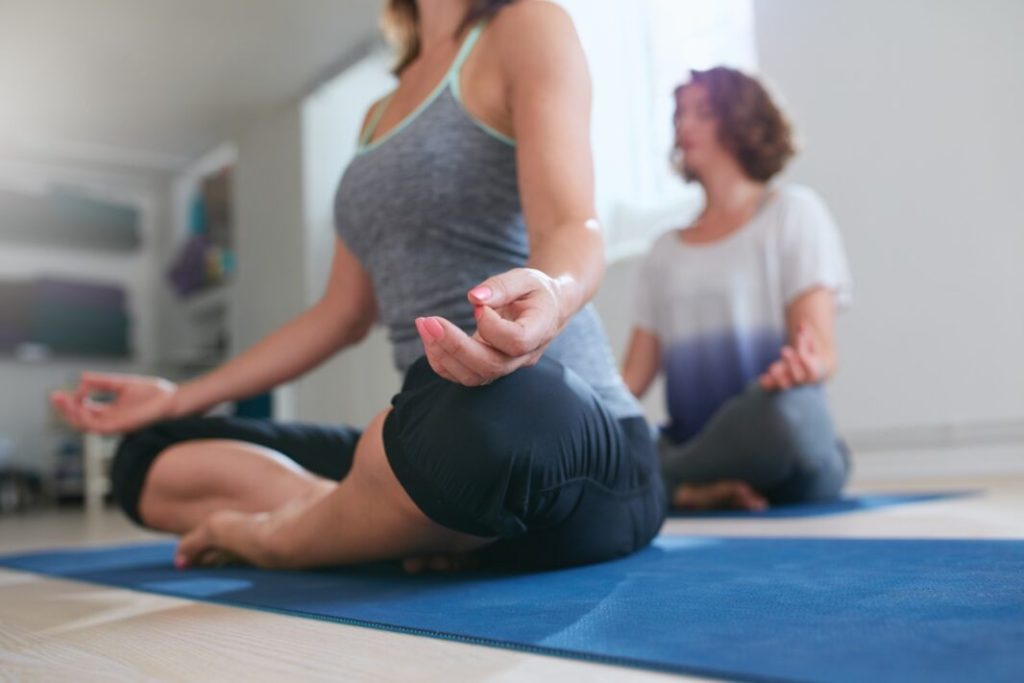Introduction
Knee osteoarthritis is a widespread condition that causes pain, stiffness, and difficulty with movement, making everyday activities more challenging. This happens when the cartilage—the smooth, protective tissue at the ends of the knee bones—gradually breaks down, leading to inflammation and joint pain that can worsen over time.
This is not a rare problem. In fact, research indicates that knee osteoarthritis is the most common type of osteoarthritis, affecting up to 75% of older adults in some communities (Magnusson et al., 2018). As we age, the risk increases significantly, impacting millions of people’s quality of life.
One increasingly popular treatment is the unloader knee brace. These specially designed braces relieve discomfort by shifting pressure away from the damaged area of the knee joint. They aim to provide pain relief and improved mobility. In this article, we’ll highlight recent scientific research supporting unloader knee braces and share patient experiences, showing how these modern braces can help people with knee osteoarthritis move more comfortably and confidently.
Why Reducing Pressure Matters in Knee Osteoarthritis
Osteoarthritis often causes uneven pressure inside the knee, particularly on the inner side (the medial compartment), which causes cartilage to wear down more quickly. Imagine a car tire that wears out faster on one side because the weight isn’t balanced properly; the same thing can happen to your knees. This imbalance increases pain and can make activities like walking or bending your knee much more difficult.
Unloader knee braces are designed to gently shift pressure away from the affected part of the knee, helping to redistribute joint forces and reduce strain. Research shows that wearing these braces can decrease pain and protect the joint from further damage. Studies have found that people who use unloader braces regularly often experience improved mobility and less day-to-day discomfort.
This need for pain relief grows as we age. Data show that osteoarthritis affects 10% to 17% of adults over 40, about 50% of those over 60, and as many as 80% of people over 75 (Magnusson et al., 2018).
Modern unloader braces have also benefited from technological improvements—today’s models are lighter, more breathable, and easier to adjust for a personal fit. These comfort features make it much more practical for people to continue using the brace and gain long-term benefits.
How Unloader Knee Braces Work
The effectiveness of unloader knee braces comes down to their thoughtful design. Most have a lightweight, sturdy frame and soft padding that supports the knee while allowing natural movement. Adjustable hinges help ensure the knee can still bend and flex, while the brace gently applies a corrective force to ease pressure on the affected side.
For example, clinical research has shown that after 12 weeks of using an unloader brace, patients saw a 30% reduction in pressure on the inner knee and experienced significant pain relief. While it may take some time to get used to wearing a brace, newer models emphasize comfort, custom fits, and easy adjustments.
Thanks to these improvements, unloader knee braces are not only effective at supporting the knee joint but are also comfortable enough for daily use—essential for lasting pain management and better function.
Real-Life Benefits: Patient Experiences and Practical Tips
Research findings are supported by real-life success stories. Many users of unloader knee braces find they can walk longer distances, rely less on pain medication, and get back to activities they love—from gardening to playing with grandkids. Design features like breathable material and simple adjustment mechanisms make a big difference in whether people stick with wearing their brace.
For some, knee osteoarthritis can be part of a broader issue, as it sometimes occurs alongside hand or other joint problems—especially in older women (Magnusson et al., 2018). This highlights the importance of a holistic approach to joint health.
When choosing a brace, it’s important for healthcare providers and caregivers to consider the individual’s level of osteoarthritis, activity level, and comfort preferences. The right brace should deliver support and relief, yet allow natural movement to help people stay active.
Using both scientific research and patient feedback, healthcare professionals can better match each person with the most suitable brace, supporting more effective osteoarthritis management.
Conclusion
Unloader knee braces offer a proven way to reduce pain and protect the knee joint for people living with osteoarthritis. Thanks to advancements in design and materials, today’s braces deliver comfortable support, improved mobility, and better quality of life.
As technology continues to advance, we can expect even more personalized braces and greater pain relief in the future. By blending the latest scientific research with real-world experiences, unloader knee braces stand out as a promising, non-surgical option for managing knee osteoarthritis—allowing people to stay active and enjoy life with less pain.
References
Magnusson, K., Kumm, J., Turkiewicz, A., & Englund, M. (2018). Early knee osteoarthritis or healthy ageing? Osteoarthritis and Cartilage, [conference abstract].

